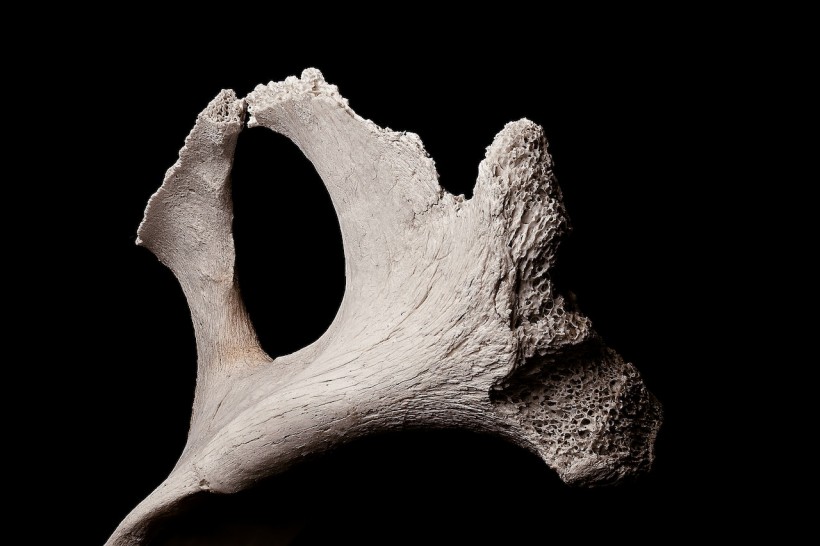A mysterious medieval pendant that was found under a trash heap was recently seen to harbor religious significance of some sort. Live Science reports that for over 900 years, the pendant has carried small bone fragments that are likely from a saint.
ALSO READ: Prehistoric Teeth Pendants Worn in Ancient Dance 8,000 Years Ago Incite Body Movements
Bone Fragments Found Within Medieval Pendant
While these medieval reliquaries tend to hold a paper strip containing the name of the saint, the researchers have not yet found one.
This, however, does not mean that such an indication is not present. The team of researchers conducted a study in which they utilized neutron tomography. Such a procedure produces 3D images when materials absorb the subatomic neutrons, which in the case of the pendant refers to the case and whatever is inside it.
IFL Science reports that neutron tomography is similar to CT scans that enable the visualization of objects within a particular structure. When traditional x-rays were not sufficient, the restorers utilized this more advanced approach.
The team also utilized a second approach known as PGAA (Prompt Gamma-Ray Activation Analysis). In this method, a neutron beam is fired toward the object under study.
When the scientists looked into the pendant's cavity, they observed that there were five small linen or silk bags that carried bone fragments.
Such a discovery reveals the phylactery nature of the pendant. It held religious relics and was designed to protect the one who wore it.
Moreover, for around 500 hours, Heinzel and his team removed the thick corrosion layer using grinding tools with diamond tips and other fine devices. This was done to reveal the pendant that is quatrefoil-shaped and that was covered with a leaf of gold and enamel pictures of Jesus, Mary, and other saints during the medieval times.
However, the pendant's enamel and metal absorbed the majority of the x-rays. This made things invisible.
The next phase for the researchers would be to conduct neutron imaging to search for the paper strip within the pendant to know who it belonged to.
Medieval Pendant
Live Science reports that the medieval pendant was uncovered by archaeologists as they were excavating a pit of garbage in Mainz.
The pit was situated at an ancient nobel palace court that dated from the early 1700s. While it was mostly full of pottery, the pendant was spotted in a pit layer that was dated to the 1400s, before the palace was constructed.
However, considering the unique artistic style of the pendant, such observations propose that the pendant actually dates back to the 1200s and that it was quite run-down when it was disposed of. The style also shows that it was likely made at a workshop close to Hanover city. Such a shop is acknowledged to have constructed items that are similar.
RELATED ARTICLE: 'Anti-5G' Radiation Necklaces Are Dangerously Radioactive, Experts Warn
Check out more news and information on Archaeology in Science Times.















